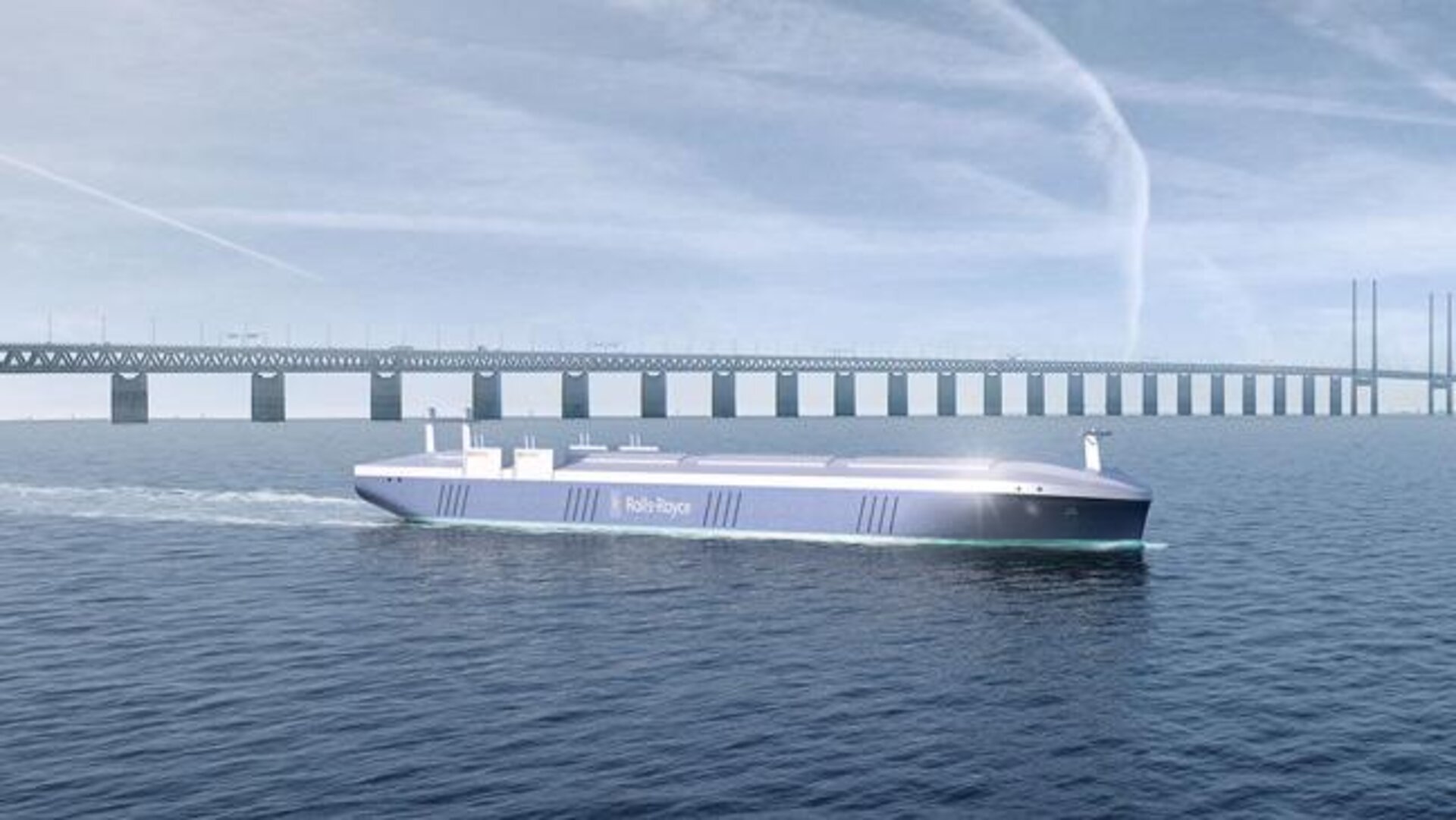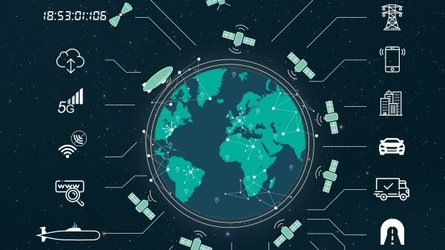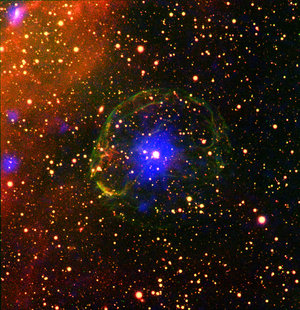NAVISP fostering technologies for Europe’s new age of navigation
At ESA, the field of navigation covers more than just Galileo and satnav-sharpening EGNOS. More than a hundred European experts attended the inaugural NAVISP workshop at ESA’s technical heart, to discuss current R&D on a huge range of navigation-related topics, from driverless boats to intelligent power lines.
All of us live in a new age of navigation, with more than five billion satnav receivers currently in use worldwide, in all parts of daily life. Europe plays a crucial role in this sphere of activity, with Galileo Initial Services satellites available globally for the past two years.
But it is easy to forget that satellite navigation is only a means to an end – that end being to provide positioning, navigation and timing (PNT) services to everyone. Quietly, PNT has evolved into an invisible but essential utility, serving many more sectors than simply transport. The system synchronisation delivered by satellite-based PNT underpins global communications, banking and power systems.
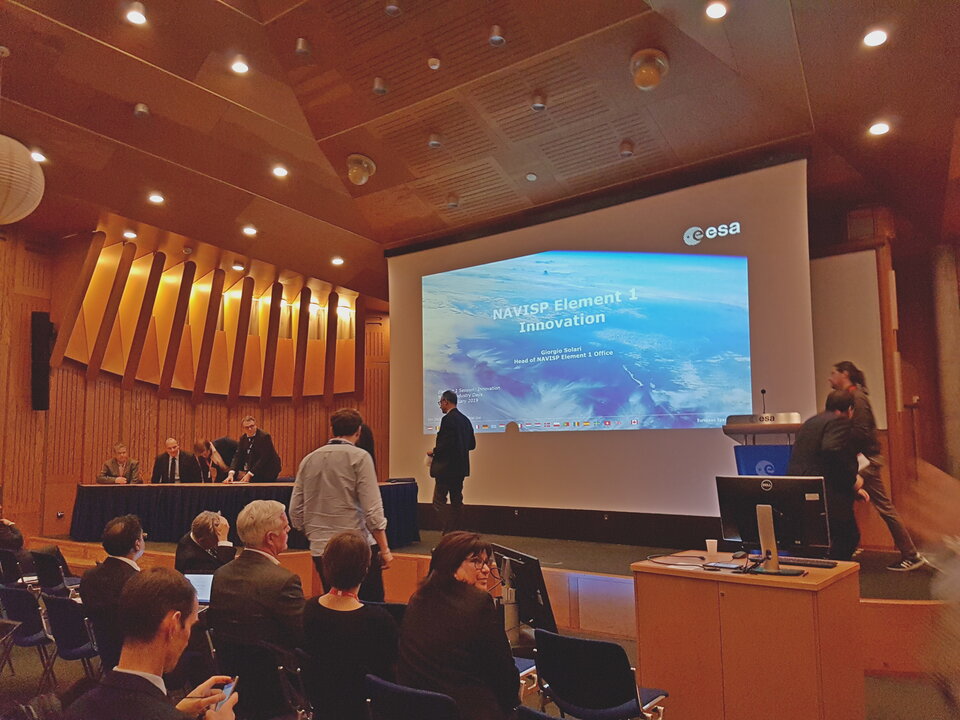
The workshop heard how it was only when such services are disrupted – for instance by satellite malfunctions, military exercises or malicious spoofing or jamming – that the full extent of dependence is laid bare.
In future, PNT is set to become crucial to more areas still, and PNT services look likely be provided in additional ways beyond simply the current standard of medium-Earth orbit satellite constellations.
ESA’s Navigation Innovation and Support Programme (NAVISP) works with European industry to prepare for these changes, to develop innovative and competitive PNT technologies and services, as well as supporting ESA Member States in their national PNT objectives.
“We are looking for new and disruptive ideas in navigation and that is why we created NAVISP,” said ESA Director General Jan Wörner, who recorded a welcoming speech.
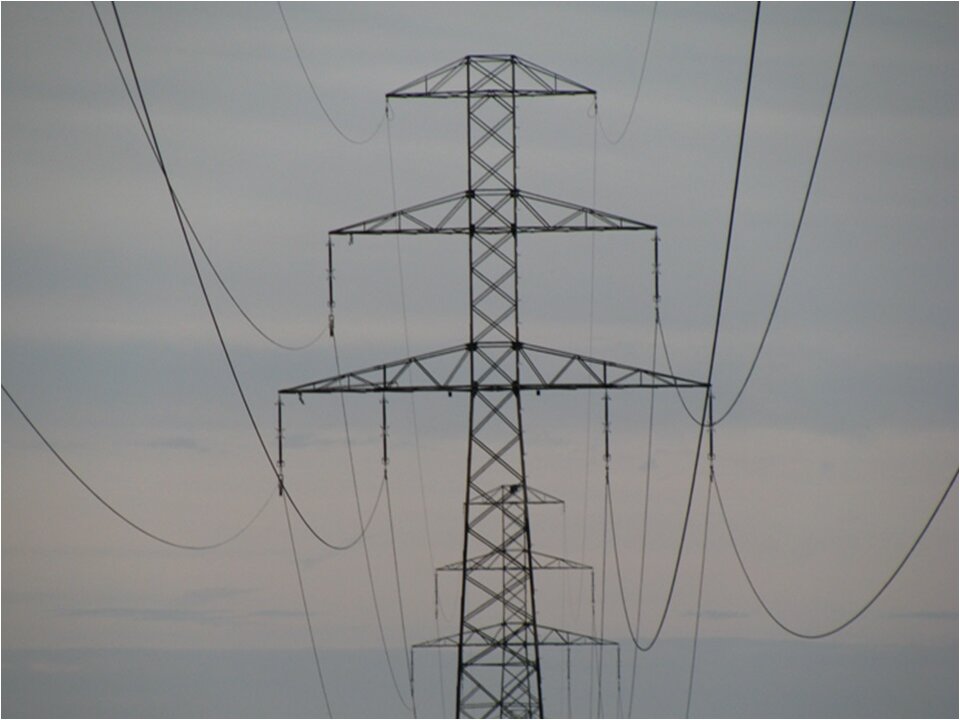
NAVISP’s first element is developing novel PNT concepts and technologies, represented at the workshop by presentations on incorporating additional low-Earth orbiting infrastructure to bolster existing satnav services, novel anti-spoofing antenna designs and a pulsar-based timing system.
The programme’s second element aims to boost European competitiveness, including the combination of PNT and machine learning to boost the intelligence of power grids, efforts to combat accidental or deliberate interference of PNT services and efforts to apply PNT to boost the efficiency of aviation flight planning.
NAVISP’s third element is based around the research priorities of Member States. Projects presented at the workshop covered a coming generation of smart, self-driving boats, beneficial to the environment because the risk of accident is cut. Trondheim Fjord in Norway has become the first dedicated test area for such vessels, overseen by Norwegian oil company Sintef.
“Undoubtedly NAVISP is a success,” noted Andy Proctor, Technical Director-GNSS at the UK Space Agency, closing the workshop.
With more than 90 separate activities being undertaken by NAVISP, participants will meet again next year, to share R&D results and look forward to the programme’s expanded next phase.


